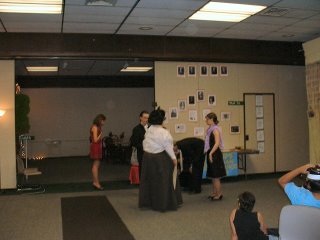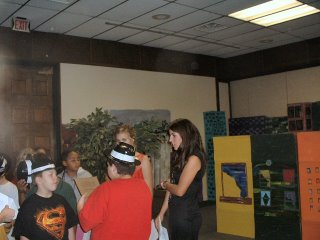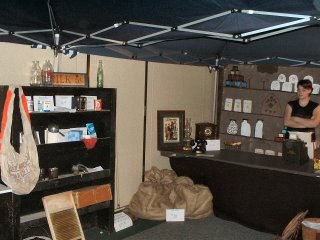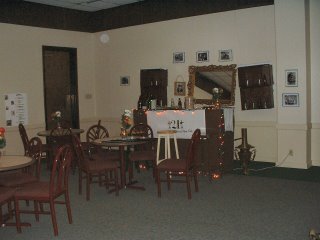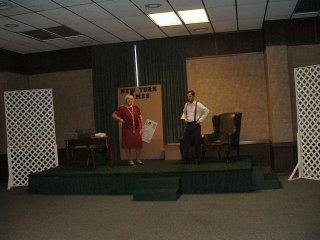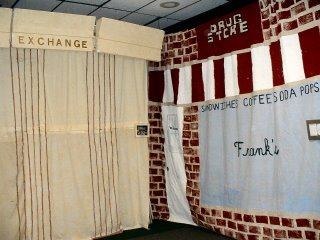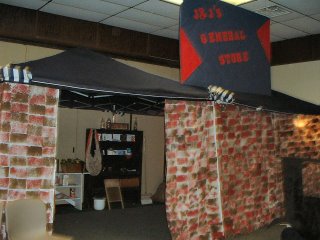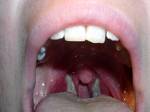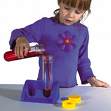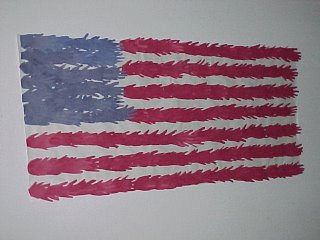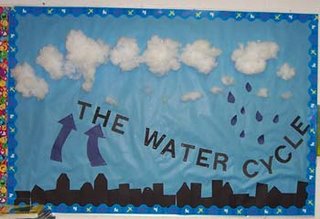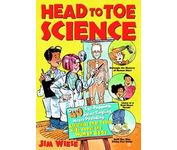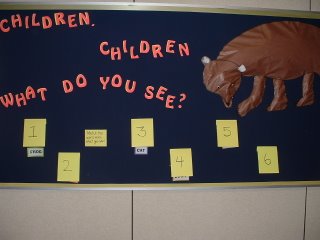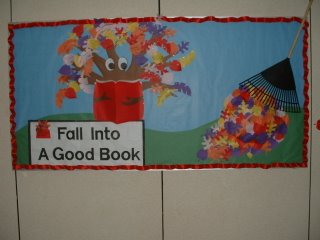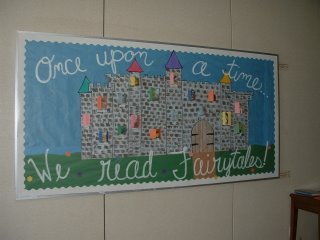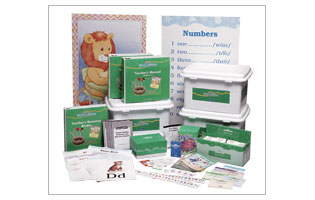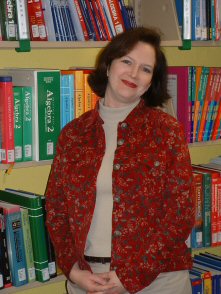 Listed below are five websites that will have brief overviews of the 1920’s.
Listed below are five websites that will have brief overviews of the 1920’s.
Wikipedia – has a fairly extensive listing of the things that occurred in the 20’s including
Technology, war and peace, science, literature and arts, economics, culture and religion, sports figures, politicians and world leaders and styles.
http://en.wikipedia.org/wiki/1920sThis site shows a quick overview of the time period and hits the highlights in People, music, literature, politics, clothing, inventions, art entertainment, and fads and fashions.
http://www.angelfire.com/co/pscst/Site written and researched by school aged children. Interesting perspective.
http://www.kidsnewsroom.org/elmer/infoCentral/frameset/decade/1920.htm“The purpose of this web/library guide is to help the user gain a broad understanding of the Roaring 1920s. While there is no way we can link to everything, we have attempted to find areas of special interest and to select information that we hold dear today, for example books we love - movies we watch - songs we sing - events we find interesting - people we admire.”
http://kclibrary.nhmccd.edu/decade20.htmlBrief Timeline of American Literature, Music, and Movies 1920-1929
http://www.wsu.edu/~campbelld/amlit/1920m.htmlThe following resources are listed in the OBU catalog. The Curriculum library has the first 3 items listed below that are specific to the 1920’s and I have pulled other Cobblestones that contain information about the 1920's. These will be held at the curriculum library desk for all to view. The netlibrary book can be viewed online and the Reference book is located on the first floor in our reference collection.ED SEC 309 GAR6 Roaring 20's & depressing 30's [electronic resource]Gardner, Paul (Paul Henry)
This resource has a cd-rom with pictures/sounds and documents from this time period. The CD is in the student computer for you to use and view.
ED PER 372.83 COB V.27 NO.4 2006Those roaring 20s
ED ELEM 372.83 BOW 17 The Nation in Prosperity and Poverty / y Mariah Marvin and Clancy CarlileMarvin, Mariah
NETLIBRARY XX(218013.1) Daily life in the United States, 1920-1939 [electronic resource] : decades of promise and pain / David E. KyvigKyvig, David E.
REF 391 T971GX V.2The 20s & 30s : flappers & vamps / Cally BlackmanBlackman, Cally.
Children's Literature of the time.
Caldicott Award winners
1922: The Story of Mankind by Hendrik Willem van Loon 1923: The Voyages of Doctor Dolittle by Hugh Lofting 1924: The Dark Frigate by Charles Hawes 1925: Tales from Silver Lands by Charles Finger 1926: Shen of the Sea by Arthur Bowie Chrisman 1927: Smoky, the Cowhorse by Will James 1928: Gay Neck, the Story of a Pigeon by Dhan Gopal Mukerji 1929: The Trumpeter of Krakow by Eric P. Kelly
1920: Misty of Chincoteague by Marguerite Henry
1920: Hugh Lofting's charming Story of Dr. Doolittle talks to the animals.
1925: F. Scott Fitzgerald's The Great Gatsby, a novel of the tragedy of success
1926: A.A. Milne writes of Christopher Robin, Winnie the Pooh, and Piglet.












